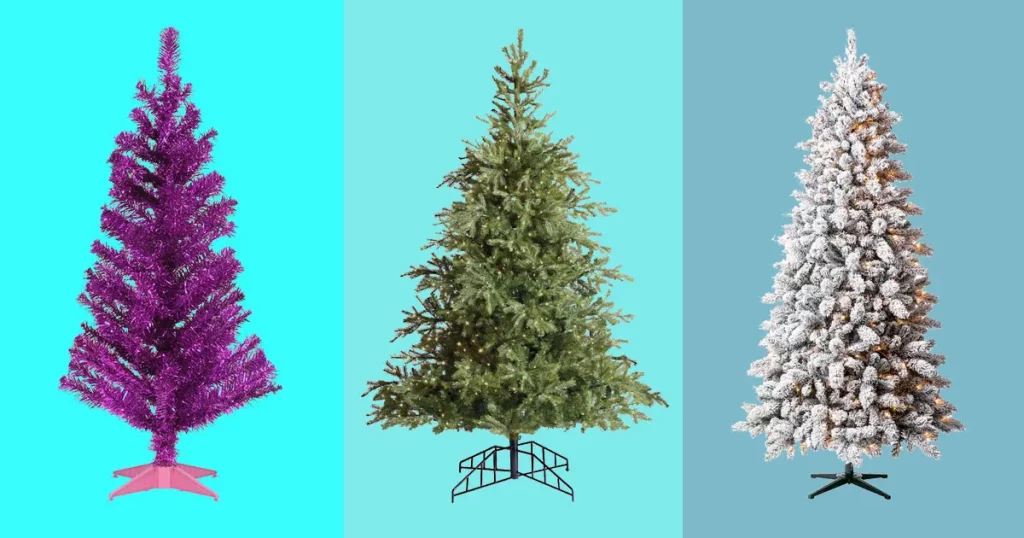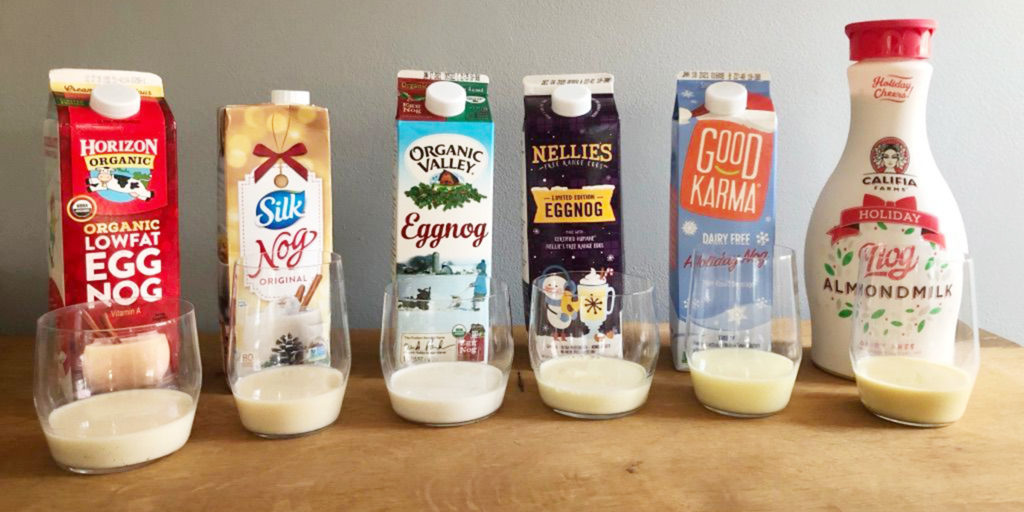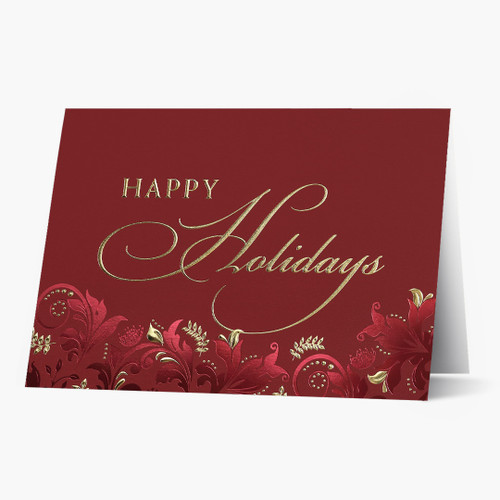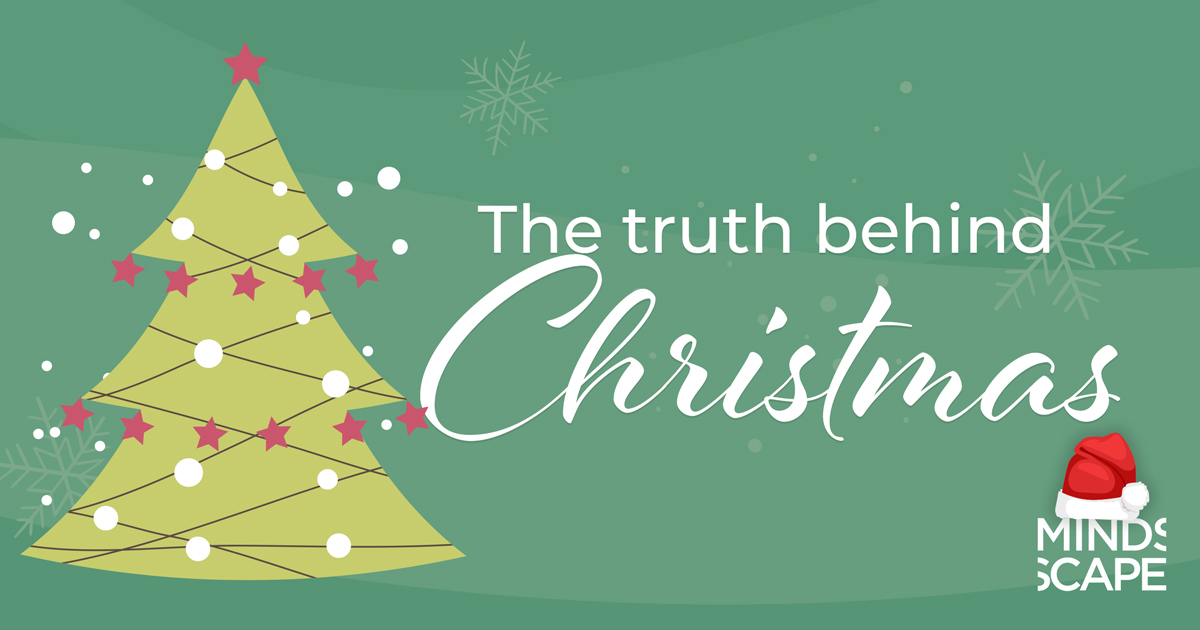As marketers, we’re always curious about how the latest trends get started, but what about the oldest of traditions? Are their roots based on marketing, folklore, history? We decided to find out by doing a little research on the origins of a few of our favorite holiday traditions. Take a look!
Christmas Trees

Decorated trees date back to Germany in the Middle Ages, with German and other European settlers popularizing Christmas trees in America by the early 19th century. Mark Carr, a woodsman from New York, is credited with opening the first U.S. Christmas tree lot in 1851. In a 2019 survey from the American Christmas Tree Association, 75% of U.S. households were predicted to display a Christmas tree in their home. Among those trees, about 81% were artificial and 19% were real.
The Christmas tree’s popularity spread with the help of the influential magazine Godey’s Lady’s Book, which in 1850 published an illustration of the British royals with a decorated tree. Although the depiction of the family was altered to appear American. This and other marketing campaigns helped make Christmas trees popular in the United States by the 1870s.

Today, marketers are still trying to find ways to set themselves apart from other Christmas tree sellers in their industry. A popular way many smaller businesses market themselves differently is to allow you to cut down your own tree. With the majority of people switching over to artificial trees, another way marketers are making their Christmas tree different in the marketplace is to offer some non-traditional takes on the Christmas tree.

Gingerbread Houses
Queen Elizabeth I gets credit for the early decorating of gingerbread cookies. But once again, Germany lays claim to starting the gingerbread house tradition. This tradition finds its roots from the 1812 Brother’s Grimm tale “Hansel and Gretel”.

Today, the edible decorations are available in pre-packed kits in every major grocery store around the nation. These kits are a great way for companies to effectively market gingerbread houses. Buying all the different frostings and candies without the kit sounds like a difficult and potentially wasteful process. Gingerbread house kits provide a tidy solution for both consumers and marketers.
Candy Canes
Both a sweet treat and hung on the tree as decoration, candy canes are the No. 1 selling non-chocolate candy during December. Again, candy canes found their roots in Germany around the 1670’s. The red and white peppermint sticks arrived in the United States in 1847, when a German-Swedish immigrant in Wooster, Ohio placed them on a tree.

By the 1950s, an automated candy cane-making machine was invented, cementing their popularity and the process to bring candy canes to everyone during the holiday season.
Boozy Eggnog
Nothing makes the holidays either happier or more chaotic quickly than a glass of spiked eggnog. Although the yuletide cocktail stems from posset, a drink made with hot curdled milk and ale or wine from medieval England, American colonists get credit for making it popular and adding rum. Even George Washington had a special recipe.

Today, eggnog comes in all kinds of shapes, sizes, and varieties on the marketplace. You’ll find all kinds of alternatives like almond milk and soy milk eggnog. There are even varieties with peppermint and other holiday spices. With so many varieties, eggnog suppliers are practicing a kind of inbound marketing by addressing the needs and dietary restrictions of many types of consumers.
Christmas Cards
The first official Christmas card debuted in 1843 England with the simple message, “A Merry Christmas and a Happy New Year to You”. The idea of a mailed winter holiday greeting gradually caught on in both Britain and the United States, with the Kansas City-based Hall Brothers (now Hallmark) creating a folded card sold with an envelope in 1915.

Today, according to the Greeting Card Association, more than 1.6 billion holiday cards are sold annually. This makes Christmas cards an extremely successful campaign within the marketing industry. The idea of sending something heartfelt to everyone we care about this time of year is super appealing, but some of us have a lot of people in our lives that we care about. Christmas cards are a great solution for consumers to send something to everyone this time of year to make sure they know you’re thinking of them.
Christmas Lights
Thomas Edison may be famous for the light bulb, but it was his partner and friend, Edward Hibberd Johnson, who had the bright idea of stringing bulbs around a Christmas tree in New York in 1882. By 1914, the lights were being mass produced, and now around 150 million sets of lights are sold in the U.S. each year.

Christmas lights are still a highly marketable attraction to this day. Every year you’ll find Christmas light walks and drive-through pop ups all across the country. The spectacle of bright lights never gets old and will certainly continue to be an active industry for years and years to come.
MINDSCAPE Christmas Magic
Around here, we have a saying that ‘MINDSCAPE Magic’ is often the difference between us and our competitors. MINDSCAPE magic feels especially strong during the holiday season and you can start working with us today to seize on the holiday magic in the air.
Yeah, we do that.





